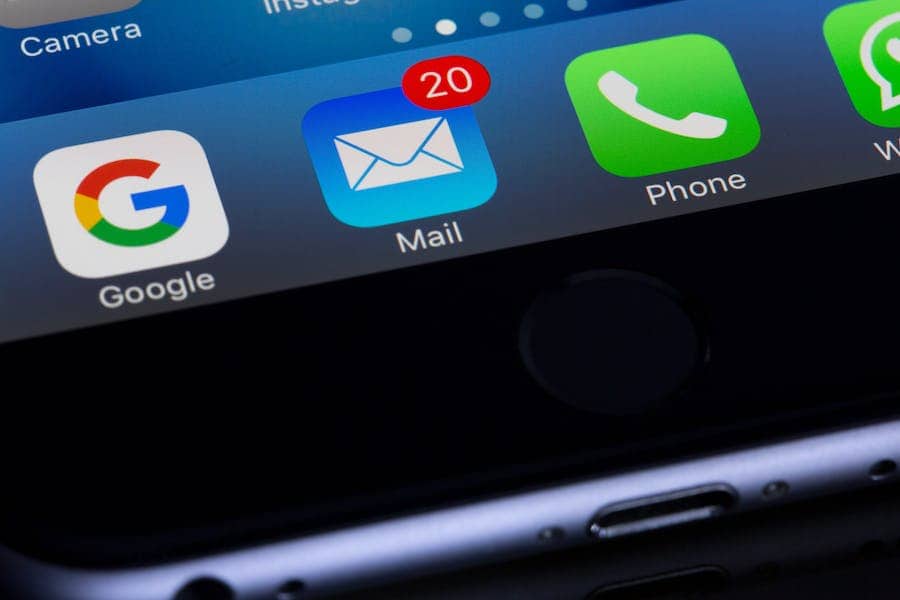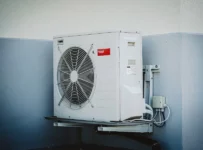
In today’s digital age, email has become an indispensable part of our daily communication. However, many email users have encountered a frustrating and perplexing issue – deleted emails mysteriously reappearing in their inboxes. This phenomenon not only disrupts organizational efficiency but also raises concerns about data privacy and security. Understanding why deleted emails keep coming back is crucial for individuals and businesses alike. In this article, we delve into the common reasons behind this issue, explore email client-specific problems, discuss prevention strategies, offer troubleshooting guidance, and shed light on data security implications. Discover how to regain control over your inbox and maintain the integrity of your email communications.
Why Do Deleted Emails Keep Coming Back?
Deleted emails can reappear due to various reasons, such as email server synchronization issues, misconfigured email rules and filters, and incorrect settings for archiving and trash folders. Additionally, specific email clients like Outlook or Gmail may have unique problems contributing to this issue. Understanding these factors and adopting proper email management practices can help prevent deleted emails from resurfacing in your inbox.
Common Reasons For Deleted Emails Reappearing
Deleted emails reappearing in your inbox can be a perplexing and frustrating experience. To shed light on this issue, it’s essential to explore the common reasons behind it:
1. Email Server Synchronization:
Email servers often synchronize with email clients to ensure that your inbox is up to date. Sometimes, synchronization problems occur, causing deleted emails to resurface. This can happen when your email client and server don’t communicate effectively, leading to discrepancies in your mailbox.
2. Misconfigured Email Rules And Filters:
Many users set up rules and filters to organize their emails automatically. However, if these rules are not correctly configured, they can inadvertently move deleted emails back into your inbox or other folders. Double-check your email rules to avoid such issues.
3. Archiving And Trash Folders:
Some email clients automatically move deleted emails to an archive or trash folder instead of permanently deleting them. If you assume an email is deleted but it’s actually archived, it can reappear when you access your archive or trash folder. Review your email client’s settings to ensure proper deletion.
4. Email Client-Specific Problems:
Different email clients, such as Outlook and Gmail, may have their own unique issues related to deleted emails. For example, Outlook’s “Recover Deleted Items” feature might inadvertently restore emails. Understanding the specific problems associated with your email client is crucial for resolving the issue.
5. Server-Side Backup And Recovery:
Some email systems have server-side backup and recovery mechanisms. If emails are backed up regularly, they can potentially be restored even after deletion. While this is a valuable feature for data recovery, it can also lead to deleted emails resurfacing unexpectedly.
How To Properly Configure Email Archiving Settings?
Properly configuring email archiving settings can help ensure that deleted emails are handled correctly and do not reappear in your inbox. Below are steps to guide you in setting up email archiving settings, though the exact process may vary depending on your email client or service:
- Access Your Email Settings: Log in to your email account. Access your email settings or preferences. This is typically found in the settings or gear icon, often labeled as “Options,” “Settings,” or “Preferences.”
- Locate Archiving Options: Look for the section related to archiving or message storage. This may vary depending on your email service provider or client.
- Choose Archiving Preferences: Determine your archiving preferences. You may have options like “Delete,” “Archive,” or “Move to Trash.” Select the option that aligns with your desired archiving behavior.
- Set Up Archive Folders: If your email client allows you to specify archive folders, create dedicated folders for archiving emails. This helps keep archived messages organized. You may also have the option to choose an existing folder as your archive destination.
- Configure Auto-Archiving Rules: Some email clients provide options for automatic archiving based on criteria like age, sender, or keywords. Configure auto-archiving rules if available and necessary. For example, you can set up rules to automatically archive emails older than a certain number of days.
- Verify Deleted Items Behavior: Check if your email client or service moves deleted items to the archive folder. If so, configure this behavior according to your preference. Some users prefer to permanently delete items instead of archiving them.
- Review Folder Structure: Periodically review your email folder structure, including your archive folders. Ensure that archived emails are where you expect them to be.
- Regularly Clean Up Archive: To prevent your archive folder from becoming cluttered, periodically review and clean it up. Delete or move unnecessary archived emails to appropriate folders.
- Backup Your Emails: Implement a regular email backup strategy. This ensures that even if you accidentally delete emails from the archive, you can recover them from your backups.
- Test Your Configuration: Send test emails and perform trial archiving to ensure that your settings are working as intended.
- Stay Informed: Stay informed about updates and changes to your email client or service. Email archiving settings and features may evolve over time.
Preventing Deleted Emails From Coming Back
Preventing deleted emails from reappearing in your inbox requires a combination of best practices, proper email management, and an understanding of potential issues. Here are steps to help you keep deleted emails from coming back:
- Use The Correct Deletion Method: Ensure you’re using the proper deletion method within your email client. Use the “Delete” or “Move to Trash” option to permanently remove emails.
- Check Email Rules And Filters: Review and double-check your email rules and filters to ensure they are correctly configured. Misconfigured rules can move deleted emails back to your inbox or other folders.
- Regularly Review Rules And Filters: Periodically review and update your email rules and filters as your email usage patterns change. Remove any unnecessary or outdated rules.
- Disable Auto-Archiving: If you don’t want emails to be automatically archived, disable this feature in your email settings. This ensures that deleted emails stay deleted.
- Empty Trash And Spam Folders: Regularly empty your trash and spam folders. Emails deleted from your inbox often end up in these folders, and leaving them there can cause confusion.
- Avoid Server-Side Issues: Contact your email service provider or IT department to check for any server-side issues that might be causing deleted emails to reappear.
- Update Your Email Client: Ensure that your email client is up to date. Updates often include bug fixes that can resolve issues related to deleted emails.
- Use An Email Backup Service: Consider using an email backup service or a backup tool provided by your email provider. This can help you recover deleted emails if they reappear.
- Report Persistent Issues: If the problem persists despite your efforts, contact your email provider’s customer support for assistance. They may be able to diagnose and resolve the issue.
Conclusion
In conclusion, safeguarding sensitive information is paramount in an age of increasing digital threats. By implementing robust security measures, educating personnel, and adhering to relevant regulations, individuals and organizations can significantly reduce the risk of data breaches and privacy violations. A proactive approach to cybersecurity, regular assessments, and continuous monitoring are essential to staying one step ahead of evolving threats. Protecting sensitive data is not just a compliance requirement but a vital aspect of trust-building and ensuring the long-term integrity and reputation of any entity in today’s interconnected world.
FAQ’s
What Should I Do If Deleted Emails Keep Coming Back?
Check your email rules and filters, ensure proper deletion methods, and contact customer support if the problem persists.
How Can I Protect Sensitive Information Online?
Use strong passwords, encryption, multi-factor authentication, and regularly update software and security measures.
What Is The Best Way To Handle A Data Breach?
Follow your incident response plan, notify affected parties, and work with cybersecurity experts to mitigate the breach’s impact.
Why Are Regular Software Updates Important For Security?
Updates often include security patches that fix vulnerabilities and protect against potential cyber threats.
How Do I Comply With Data Protection Regulations Like GDPR?
Understand the regulations, assess your data practices, implement necessary changes, and appoint a Data Protection Officer if required.


